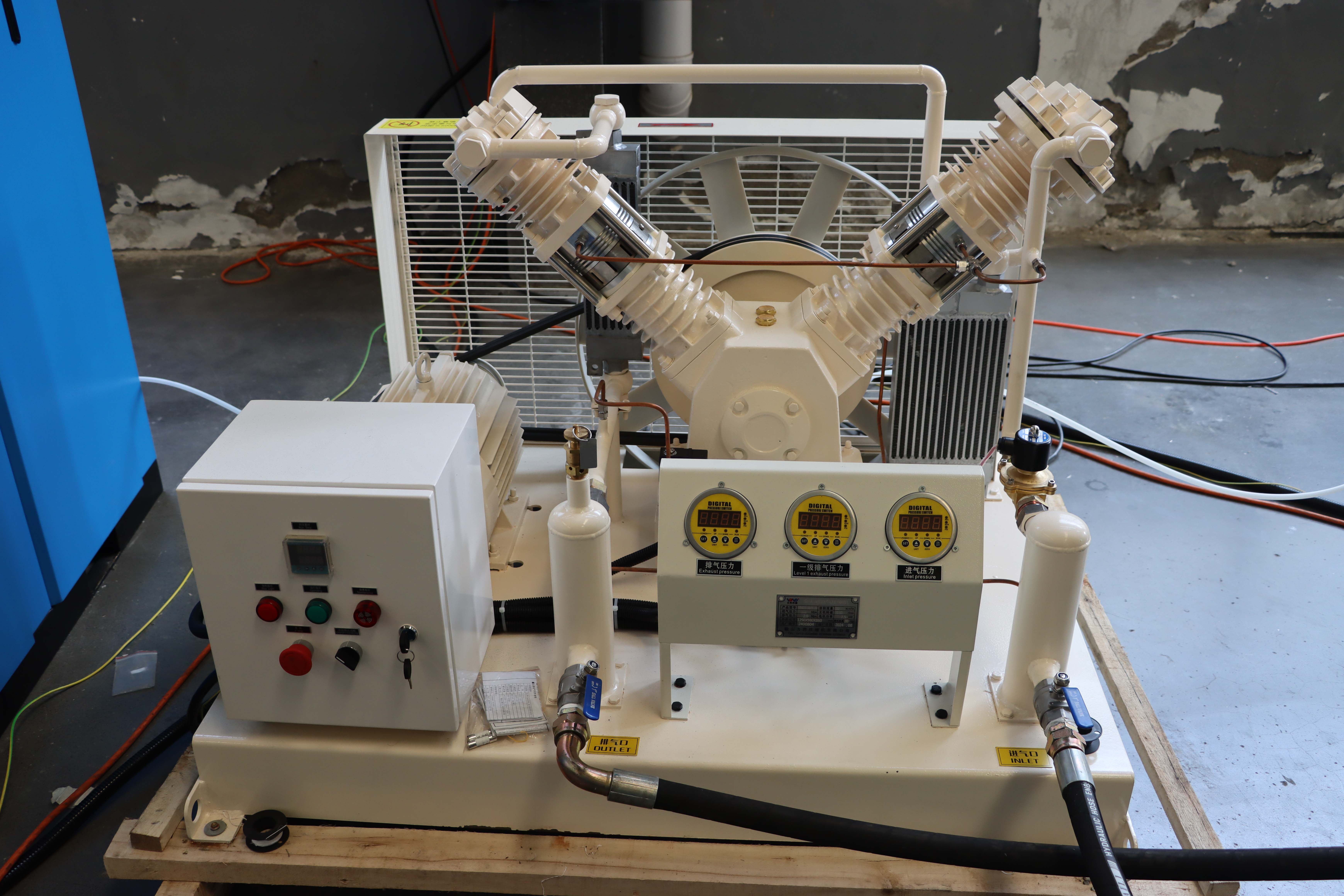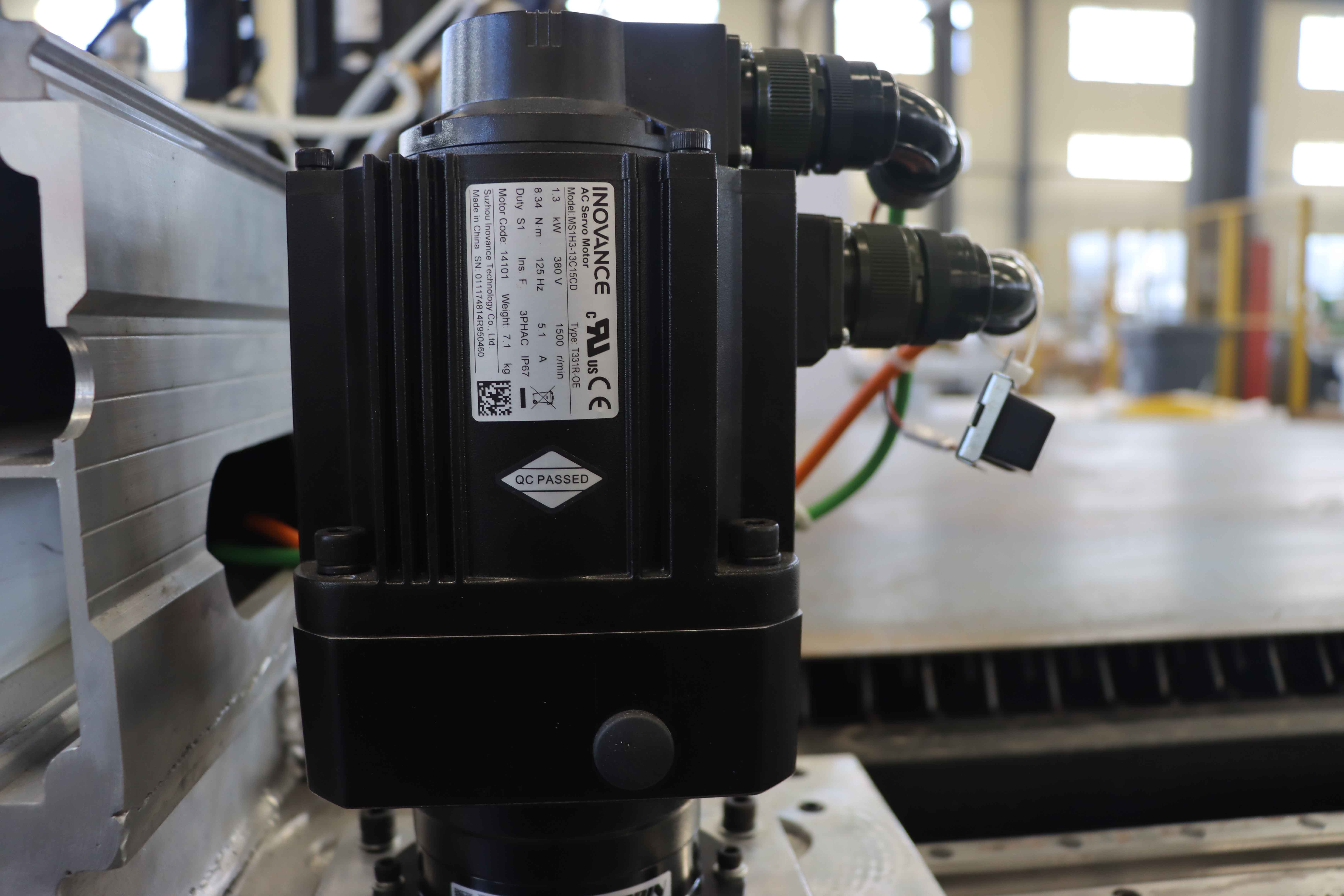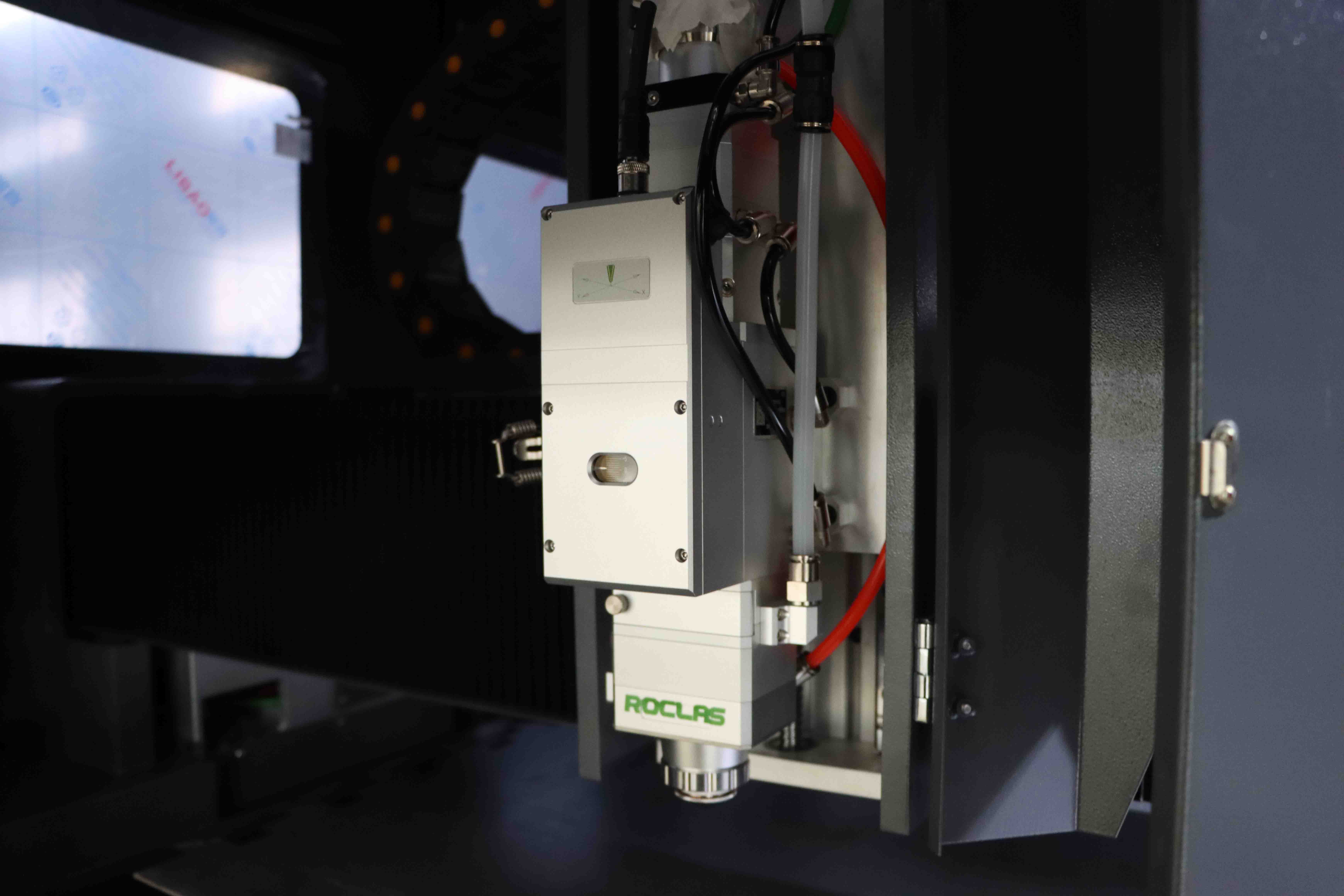Introduction
In the realm of modern manufacturing, the industrial CNC laser cutter stands as a testament to the fusion of precision engineering and advanced technology. These machines have revolutionized the way industries approach cutting, engraving, and shaping materials, offering unparalleled accuracy, speed, and versatility. This comprehensive guide delves into the intricacies of industrial CNC laser cutters, exploring their components, working principles, applications, and the benefits they bring to various industries.
Understanding Industrial CNC Laser Cutters

An industrial CNC (Computer Numerical Control) laser cutter is a sophisticated machine that utilizes a high-powered laser beam to cut, engrave, or etch materials with exceptional precision. The CNC aspect refers to the computer-controlled system that dictates the movement of the laser, ensuring that the cutting process is both accurate and repeatable.
Key Components of an Industrial CNC Laser Cutter
1. Laser Source The heart of the machine, the laser source generates the high-intensity beam used for cutting. Common types include CO2 lasers, fiber lasers, and NdYAG lasers, each suited for different materials and applications.

2. CNC Controller This is the brain of the operation, translating digital designs into precise movements of the laser head. The controller ensures that the laser follows the intended path with micron-level accuracy.
3. Cutting Bed The surface on which the material is placed for cutting. The bed must be stable and often includes a system for material handling, such as a conveyor belt or a vacuum table.
4. Optical System Comprising mirrors and lenses, the optical system directs and focuses the laser beam onto the material. The quality of the optical components directly impacts the precision of the cuts.

5. Cooling System Laser cutting generates significant heat, necessitating a cooling system to maintain optimal operating temperatures and prevent damage to the machine.
6. Exhaust System To remove fumes and debris generated during the cutting process, an exhaust system is essential for maintaining a clean and safe working environment.
Working Principles of Industrial CNC Laser Cutters
The operation of an industrial CNC laser cutter can be broken down into several key steps
1. Design Input The process begins with a digital design created using CAD (Computer-Aided Design) software. This design is then converted into a format that the CNC controller can interpret.
2. Material Preparation The material to be cut is placed on the cutting bed, ensuring it is properly aligned and secured.
3. Laser Cutting The CNC controller directs the laser head to follow the design path, emitting a focused laser beam that melts, burns, or vaporizes the material along the intended cut lines.
4. Cooling and Finishing After cutting, the material may require cooling and additional finishing processes, such as deburring or polishing, to achieve the desired final product.
Applications of Industrial CNC Laser Cutters
The versatility of industrial CNC laser cutters makes them indispensable across a wide range of industries
1. Metal Fabrication From intricate components to large structural parts, laser cutters are used to cut metals such as steel, aluminum, and stainless steel with high precision.
2. Automotive Industry Laser cutters are employed in the production of car parts, including body panels, engine components, and interior fittings, ensuring high quality and consistency.
3. Aerospace The aerospace industry relies on laser cutters for the precise fabrication of components that must meet stringent safety and performance standards.
4. Electronics Laser cutters are used to create precise components for electronic devices, including circuit boards, connectors, and enclosures.
5. Medical Devices The medical industry benefits from the ability of laser cutters to produce intricate and sterile components for surgical instruments, implants, and diagnostic equipment.
6. Signage and Advertising Laser cutters are popular in the creation of custom signs, logos, and decorative elements, offering high levels of detail and customization.
7. Textiles and Apparel In the fashion industry, laser cutters are used for cutting fabrics, leather, and other materials, enabling intricate designs and patterns.
Advantages of Industrial CNC Laser Cutters
1. Precision and Accuracy CNC laser cutters offer unparalleled precision, allowing for the creation of complex and detailed designs with minimal error.
2. Speed and Efficiency The high-speed cutting capabilities of laser cutters significantly reduce production times, enhancing overall efficiency.
3. Versatility Capable of cutting a wide range of materials, from metals to plastics and textiles, laser cutters are highly versatile tools.
4. Minimal Waste The precision of laser cutting results in minimal material waste, contributing to cost savings and environmental sustainability.
5. Automation The CNC aspect of laser cutters allows for automated operation, reducing the need for manual intervention and increasing consistency.
6. Quality and Finish Laser cutting produces clean, smooth edges, often eliminating the need for additional finishing processes.
Choosing the Right Industrial CNC Laser Cutter
Selecting the appropriate laser cutter for your industrial needs involves considering several factors
1. Material Type Different laser sources are suited to different materials. For example, fiber lasers are ideal for metals, while CO2 lasers are better for non-metals.
2. Thickness and Size The thickness and size of the materials you plan to cut will influence the power and bed size requirements of the laser cutter.
3. Production Volume High-volume production may necessitate a laser cutter with faster cutting speeds and automated material handling capabilities.
4. Precision Requirements For applications requiring extremely high precision, such as medical devices or aerospace components, a laser cutter with advanced CNC controls and high-quality optics is essential.
5. Budget Industrial CNC laser cutters represent a significant investment. It's important to balance your budget with the features and capabilities you require.
Maintenance and Safety Considerations
To ensure the longevity and safe operation of an industrial CNC laser cutter, regular maintenance and adherence to safety protocols are crucial
1. Routine Maintenance Regularly inspect and clean the laser source, optics, and cutting bed. Replace worn components and ensure the cooling and exhaust systems are functioning properly.
2. Safety Training Operators should be thoroughly trained in the safe use of laser cutters, including the proper handling of materials and the use of protective equipment.
3. Ventilation Ensure that the workspace is well-ventilated to remove fumes and particulates generated during cutting.
4. Fire Safety Laser cutting can pose a fire hazard, especially when working with flammable materials. Implement fire safety measures, such as fire extinguishers and smoke detectors.
Future Trends in Industrial CNC Laser Cutting
As technology continues to advance, the future of industrial CNC laser cutting looks promising, with several emerging trends
1. Increased Automation The integration of AI and machine learning is expected to further enhance the automation capabilities of laser cutters, leading to even greater efficiency and precision.
2. Hybrid Machines Combining laser cutting with other manufacturing processes, such as 3D printing or milling, in a single machine is becoming more common, offering increased versatility.
3. Green Manufacturing As sustainability becomes a priority, laser cutters are being designed with energy-efficient components and systems that minimize environmental impact.
4. Advanced Materials The development of new materials, such as composites and advanced alloys, is driving the need for laser cutters capable of handling these challenging substances.
5. Smart Factories The integration of laser cutters into smart factory environments, where they are connected to IoT (Internet of Things) systems, is enabling real-time monitoring and optimization of the cutting process.
Conclusion
Industrial CNC laser cutters have become indispensable tools in modern manufacturing, offering precision, efficiency, and versatility across a wide range of applications. By understanding the components, working principles, and advantages of these machines, industries can make informed decisions when selecting and utilizing laser cutters to enhance their production processes. As technology continues to evolve, the future of industrial CNC laser cutting promises even greater advancements, further solidifying their role in the manufacturing landscape.
Previous:What Metals Can Be Laser Cut?
Next:Not
Regardless of whether you require general advice or specific support, we are happy to help you.